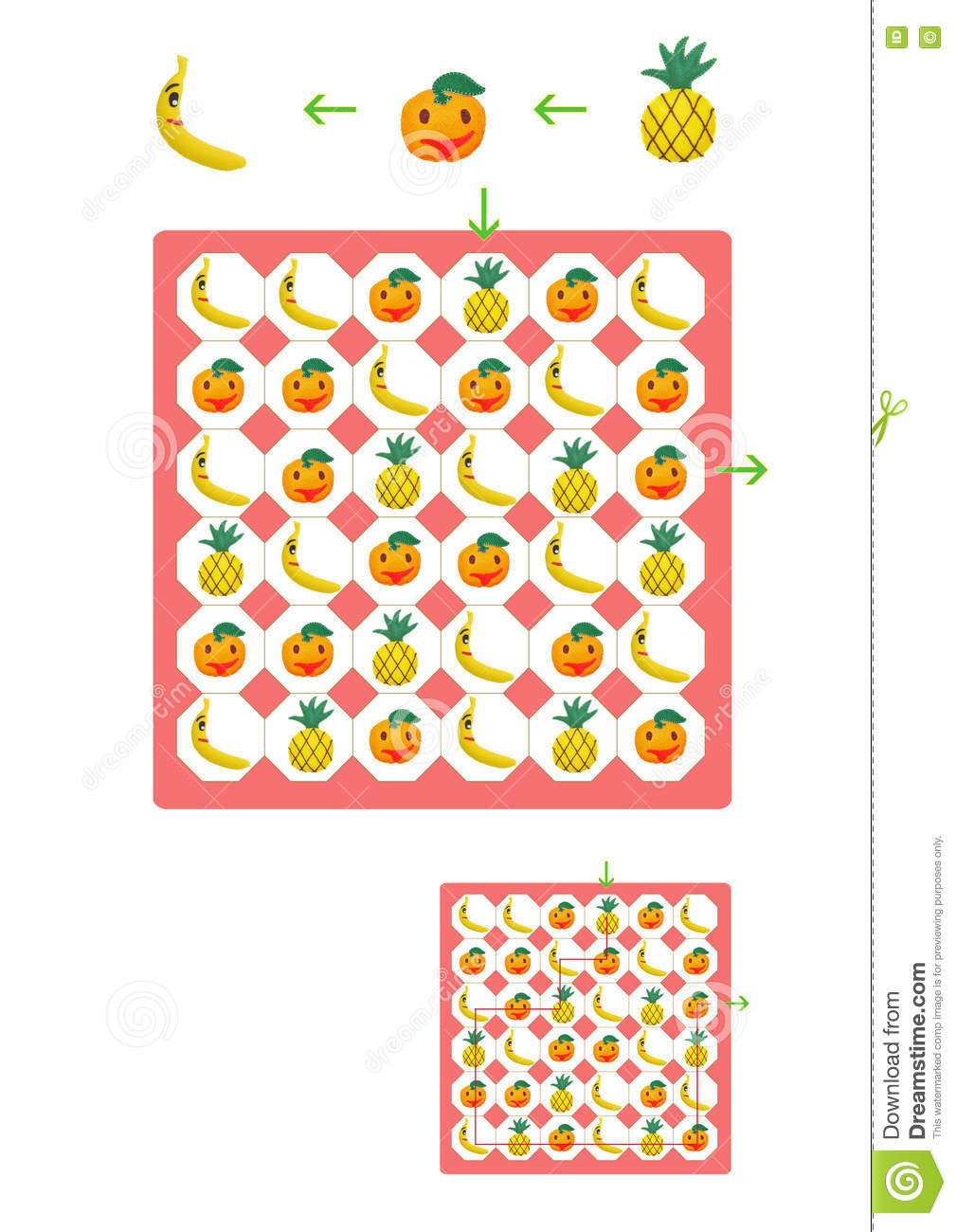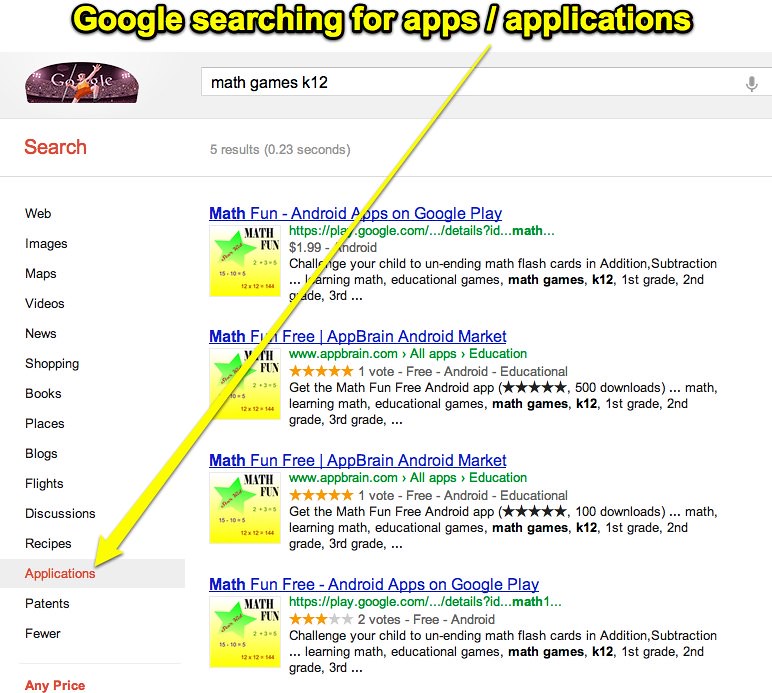
Students learn best when games are used in their education. Students develop important skills like persistence and teamwork. They also learn how to take risks and accept responsibility. It also increases students' knowledge, and provides insight into their professional interests as well as weak points. It also gives valuable information about predispositions, roles, and responsibilities of students in a group.
Problem-based learning
Problem-based learning is an educational method that promotes experiential learning and emphasizes cognitive skills. It is an excellent alternative to traditional passive lectures. Instead of memorizing formulas and facts it focuses more on solving complex problems than memorizing them.

Situational educational videos
Situational educational games can be great tools in the classroom. However, their use has its limitations. First, teachers must be familiar with the game that they are using. This knowledge is critical to understand how to translate game content into curriculum. Teachers must be able and willing to schedule gameplay sessions within a set timeframe. Teachers must be familiar with the subject matter so they can contextualize the content.
Jeopardy-style games
Jeopardy-style classroom games are a fun way to reinforce concepts. These games can be used to assess students' knowledge on a variety of topics. Many PowerPoint templates are available for free online. Jeopardy-style civics games are one example of a free template that can be used to teach students about current events. The questions on the game include information about civics, world affairs, and other lifelong learning trivia. It is flexible in that you can add or change questions and categories.
Persistence in didactic video games
Persistence is a vital skill that can be learned through play. Students can learn to use this skill by using games in the classroom. This can increase motivation and optimism for learning. This game can also help you develop problem-solving abilities.
Benefits
Games can be a powerful way to help students connect with their prior knowledge and learn new content. They can also serve as a way to assess students after completing a unit. They also enhance outdoor learning. You can make learning more fun by using active games to keep students engaged in learning.

Barriers
Teachers might be prevented from using games in their classrooms by a variety factors. Teachers may find it difficult to implement such activities due to the time constraints and high costs of computer games. Another issue that can deter teachers is a lack of technology resources, such as computers and Internet access. A majority of teachers are not aware of where to find high quality games. Nearly 40% of teachers state that they are influenced by standardized tests scores when making their decisions.
FAQ
What is an Alternative School?
The idea behind an alternative school is to offer students with learning difficulties access to education by providing them with support from qualified teachers who understand their individual needs.
Alternative schools provide special education opportunities for children with special needs.
Additional support is available if needed.
An alternative school is not just for those who have been excluded from mainstream schools.
They are accessible to all children, regardless if they have disabilities or abilities.
Do you have to go to college in order become an early education teacher?
No, but you might want to consider going to college to prepare yourself for a future career in the field.
It is important to remember that it is not easy to become a teacher. Every year, there are many applicants who aren’t accepted to programs. Many people also leave college after only one semester.
To be a teacher, you will need to have strict qualifications.
What is the difference between college or school?
Schools are often divided into classes or grades, with one teacher teaching a class of students. Colleges are bigger organizations that offer more specialized courses and may include university-level courses. Colleges may focus more on business and science while schools will usually only teach basic subjects. The curriculum at both levels is intended to prepare students to study at higher levels.
How can I apply to college
There are many methods to apply to college. You can get started by contacting your high school guidance counselor or admissions representative. Many high schools use online applications. Contact local colleges for more information. Most colleges will accept online applications through their website.
If you choose to apply via mail, fill out the application. You will also need to write a personal story and attach copies of all documents. Your personal statement is a chance to explain why you are interested in attending this institution and what it would mean for you. This personal statement also helps admissions officers understand your goals and motivations.
You can find sample essays that you can download from our website.
Is becoming a teacher difficult?
A major commitment is required to be a teacher. It will require you to dedicate a lot of time to your studies.
You should expect to work around 40 hours per week while pursuing your degree.
Also, it is important to find a job you can do. Part-time jobs are difficult to find for students who want to balance school and work.
If you get a permanent job, you'll likely be teaching classes during the workday. You might even be required to travel to other schools throughout the week.
What does it take to be a teacher early childhood?
First, you must decide if early childhood education is what you want to pursue. First, you need to obtain your bachelor's. In some states, students must have a masters degree.
You may also need to attend classes during summer months. These courses can be taken to learn about topics such as pedagogy and curriculum design.
Many colleges offer associate degrees that can lead to teaching certificates.
Some schools offer certificates and bachelor's degrees in early education. Other schools only offer diplomas.
If you plan to teach at home, you may not need any additional training.
How can I get scholarships?
Scholarships are grants awarded to help pay for college expenses. There are many types available in scholarships. These are:
-
Federal Grants
-
State Grants
-
Student Loans
-
Work Study Programs
-
Financial Aid
Federal grants are direct from the U.S. government. Federal grants are subject to certain conditions. To demonstrate financial need, applicants must meet certain requirements.
Each state offers state grants. Some states offer state grants based only on financial need. Other states award money for specific reasons.
Banks and other lending institutions issue student loans. Students usually borrow money to cover tuition and living costs.
Employers should be encouraged to use work-study programs to help them hire qualified students. Employers must pay their employees at least the minimum wage.
Financial aid is available to help low-income families pay for college. It covers all or most of the tuition costs.
Statistics
- And, within ten years of graduation, 44.1 percent of 1993 humanities graduates had written to public officials, compared to 30.1 percent of STEM majors. (bostonreview.net)
- Among STEM majors, that number is 83.5 percent. (bostonreview.net)
- They are more likely to graduate high school (25%) and finish college (116%). (habitatbroward.org)
- These institutions can vary according to different contexts.[83] (en.wikipedia.org)
- “Children of homeowners are 116% more likely to graduate from college than children of renters of the same age, race, and income. (habitatbroward.org)
External Links
How To
What is vocational training?
Vocational Education is an educational system that prepares students for employment after high school or college by providing them training in specific skills needed for a particular job (such as welding). This includes apprenticeship programs and on-thejob training. Vocational education is distinct from general education as it focuses more on training individuals for specific jobs than on learning broad knowledge that can be used in the future. Vocational education does not prepare students for university, but it helps them find work after graduation.
Vocational education may be provided at all levels of schooling, including primary schools, secondary schools, colleges, universities, technical institutes, trade schools, community colleges, junior colleges, and four-year institutions. You can also find specialized schools such a culinary arts school, nursing school, law school, medical schools or dental schools. These schools offer both practical and academic training.
A number of countries have made significant investments in vocational education over recent decades; for example, Australia, Denmark, Finland, Germany, Ireland, Japan, Luxembourg, New Zealand, Norway, Poland, Sweden, Switzerland, the United Kingdom, and the United States. However, the effectiveness of vocational education remains controversial. Some critics argue that it does little to improve students' employability; others argue that it provides useful preparation for life after school.
According to the U.S. Bureau of Labor Statistics 47% of American adults have a postsecondary certificate. This number is higher for those with higher education. 71% of 25-29-year-olds have a bachelor's or higher degree and are employed in areas that require postsecondary credentials.
The BLS reported in 2012 that almost half of all adults had some type of postsecondary credential. A third of Americans have a two-year associate's degree and 10% hold a four year bachelor's degree. One in five Americans has a master's or doctorate.
In 2013, the median annual wage for persons holding a bachelor's degree was $50,900, compared to $23,800 for those without a degree. The median wage for advanced degrees holders was $81,300.
For those who did not complete high school, the median wage was only $15,200. For those who did not complete high school, the median annual salary was only $15,200.